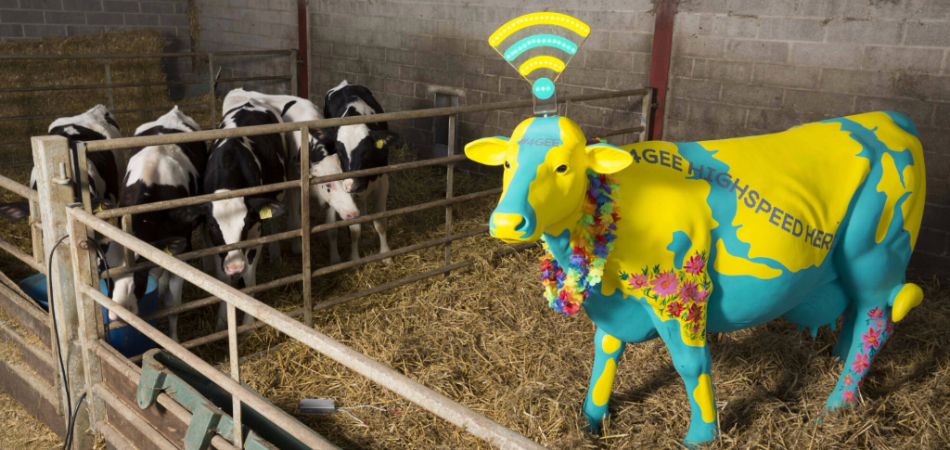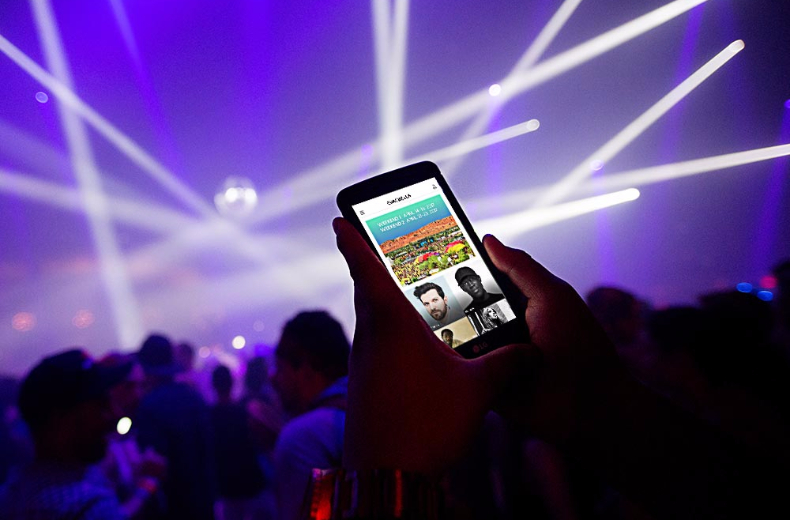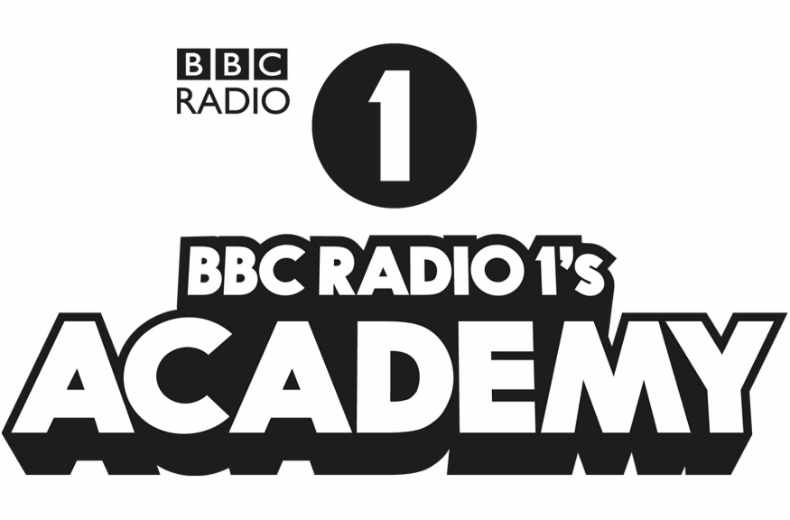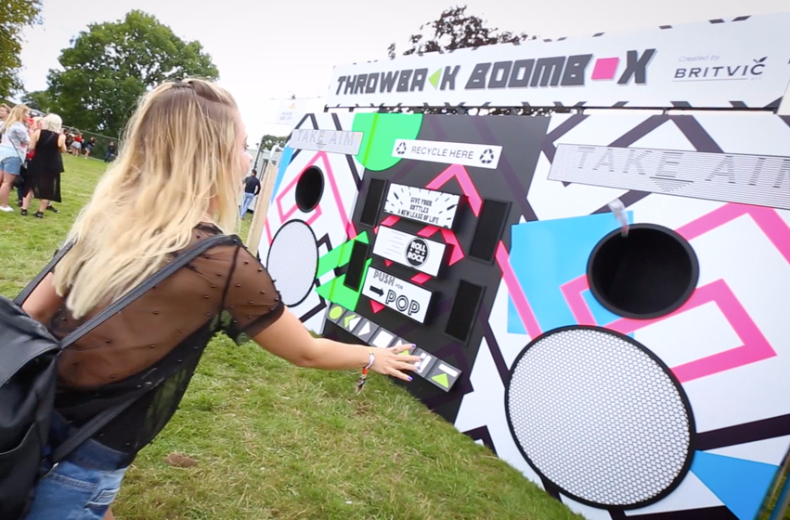
Dr. Martens champions sustainable fashion
Genix Nappa, a new material made of leather offcuts, aims to reduce waste
The best brand experiences of the year


Festivals were born of the counterculture of the 1960s. Back then, they weren’t that cool nor were they that big. They allowed a specific demographic to flick peace signs, wear tie-dye and sway to the rhythm of their latest musical god. But that is not the case anymore. Festivals have gone mainstream, yet the modern customer is now looking to recreate that original, boutique experience.
According to market research firm Mintel, the value of the live music industry in the UK is believed to have grown by almost 50% from 2010 to 2015 and is now valued at more than £2 billion.
There is a festival for everyone and, more often than not, people don’t have to travel far to get to one. Indeed, the website eFestivals reported that, while there were 496 festivals listed on the site in 2007, by 2015, this figure had almost doubled to 1,070, raising the question, is this an oversaturated market?
“Festivals originated in an era of peace and love. Audiences were free-spirited, anti-government, anti-corporate and it certainly wasn't the domain of brands. Over time, as festivals have become more commercial, brands were seen as an important cash stream. Today, the most enlightened festival owners see them as creative partners; content contributors who add to the creative and experience mix as well as providing crucial funds." Rupert Pick, Co-founder, Hot Pickle
The festivals of today are all about the experience, rather than just the headline act. If you’re spending three days and upwards of £300 on a weekend, you want to get more from it than just listening to music. This need has created an opening for brands to provide additional experiences that will surprise and delight festival goers. It's become not necessarily about selling but rather enhancing, or providing, these unique moments.
An activation at a festival, or even a brand-owned festival, provides a real-time manifestation of a brand, amplifying their message and allowing consumers to be fully immersed in their world. But, what every brand needs to ensure is that the festival is relevant to them and that they use it as a platform from which they can communicate with their customer.
“A live or face-to-face interaction with a person or group is the ultimate way to communicate in both directions. Your audience is hungry for meaningful content and information and will reward a brave brand with good will and loyalty. Your audience will also provide invaluable information, opinions and ideas at a live event that cannot be replicated in any other media or environment.” Andy Harrison, Director, Hopper
Below we’ve picked out some of the trends that are driving the development of the festival industry and the brands who are successfully capitalising on the changing scene.

Robert Richards, the Commercial Director of Glastonbury Festival, has said that the biggest change to the festival environment in the last 10 years has been the camera phone. Although the live, physical space of the festival is essential, the experience is no longer constricted by the physical boundaries.
Smartphones have seemingly become an extension of ourselves, both physically and mentally. Research by British psychologists found that we are on our phones for an average of five hours per day and this naturally increases when we are experiencing something we want to share. EE was the official technology and communications partner at Glastonbury, working alongside HSE cake to build the world's biggest temporary 4G network and fulfil their brand promise to ‘Go further’. During the five days of the festival, over 50TB of data was used across the EE network, making it the most shared live event of 2017.
The physical realm of a festival has its limits. As a brand, if you are executing an activation or even setting up your own event, you have ensure your idea flows into the digital space as well. Coachella, the Californian festival known for its sunny pool parties and even sunnier supermodel guest list, launched their own app that adds a digital layer to the physical festival experience, both before, during and after the festival. It also features an updated Virtual Reality aspect that allows users to unlock AR ‘Easter eggs’ and experience a digital, 360 degree, interactive view of the festival.
If you ‘activate’ a brand at a festival, it has to be the right moment, audience and experience, otherwise, it may fail before it’s even begun. The microcosm of a festival can feel a little like stepping into a new world, albeit one full of glitter, mud and suspect fancy dress. A festival is a self-contained, explorative world so for brands, it can be the perfect place to get close to customers who are in the spirit to try out new products or services.
And what better way to bring new products to the consumer than by creating a travelling flavour experience? Amplify worked alongside Rowntree’s to launch the new Fruit Pastille 30% less sugar range with the Rowntree’s Taste Tour. The Tour travelled across the UK to bring visitors a sushi-esq conveyor belt of colourful creations, offering them the chance to try the new product for themselves.
HeyHuman and Oreo introduce the biscuit’s new flavours to the world via the Flavour Mobile, which travelled to seven cities and three festivals over the course of its tour. The Mobile offered visitors exclusive recipes as well as samples of the newest flavours, cementing Oreo’s philosophy of ‘making the ordinary, extraordinary’. The activation even saw a visit from The Only Way is Essex’s Joey Essex, who was behind the wheel for the launch.

When festivals originated, they were are a free-spirited embrace of music and its accompanying culture. But, as the format has developed, it has opened up a space for brands to exist as part of the experience. They are now integral to the success of the festival, with some even hosting their own, from innocent Unplugged, to Kopparberg Urban Forest and Corona Sunsets. Even Country Life magazine are launching a festival in Bath in May 2018 to bring "the country to the city".
In the wake of the closure of the iTunes festival earlier this year, the streaming service platform Spotify launched their own music event, Who We Be, a celebration of hip-hop and grime. BBC Radio 1 have hosted their own festival, Radio 1’s Big Weekend, since 2003 and it is now the largest free ticket music event in Europe. Hopper worked with Radio 1 to launch the Radio 1 Academy, which they activated in the cities that have hosted the Big Weekend. The Academy is an outreach platform for inspiration, skills and information that encourages young people who want to work in media and the creative industries, to get involved. The radio station recognised that a need existed from their listeners, for a live, physical, inspiring space that totally immersed them in the brand’s world.
According to research conducted by ignis, 1 in 5 ‘millennials’ attend festivals each year. This is the generation that demands a tailored, exclusive experience: theirs’ is the attention that is difficult to grab.
Seen worked with E! and Misguided to develop an activation for NBC Universal at Wireless. To appeal to their Gen-Z customer base, the space took inspiration from nostalgic female bedroom culture. They created a backstage themed area where festival goers were given the E! celebrity experience and the tools to share those brand moments across their social media feeds.
What young (hungover) festival fan wouldn’t be intrigued by Treehab, innocent’s perfect festival destination for a natural hangover recovery. Sense worked with innocent to create an activation that celebrated innocent Coconut Water and appealed to the younger generation’s interest in a healthy, but carefully balanced, lifestyle. While they enjoy partying all night, innocent recognised that they also appreciate a place to recover the next morning.

In the festival environment, subtle brand messages are often more powerful than a blatant attempt to sell. BD Network worked with Cadbury to launch experiential festival activations that celebrated the new ‘Singles Sensational’ 360 degree campaign. In keeping with the ‘sensation’ idea, BD created immersive rooms in a fun house, each corresponding to a different product and allowing the customers to explore each room at their own leisure.
Zaine Venter, the Group Account Director at iD says that “festival goers want to be engaged and entertained, but they want to do so on their terms.” iD worked with Britvic to create the Throwback Boombox at V Festival. The Boombox encouraged people to recycle their bottles and then, when they threw them into the bin, the boombox would play throwback musical hits.
Everyone, wants to feel like a VIP within some aspect of their life, whether that’s Fast Tracking onto the plane, early shopping in the sales or swanning off into an airline lounge. Nowhere is this more prevalent than at a festival where, for a price, you can upgrade your experience to include things like showers, viewing platforms and a proper sturdy tent.
Space worked with Birra Moretti to create The Moretti Grand Tour, an VIP activation that celebrated the beer and its Italian heritage at AEG’s 2017 British Summer Time in Hyde Park. The double deck bar and event space was just inside the main entrance to the grounds ensuring brand visibility on arrival. Each of the Gran Tour sessions was ticketed in advance, creating an element of exclusivity on the day as each session sold out before the event went live. The Tour was a totally immersive experience that gave visitors a multi-sensory journey around Italy and experience of Moretti.
Looks like you need to create a Creativebrief account to perform this action.
Create account Sign inLooks like you need to create a Creativebrief account to perform this action.
Create account Sign in